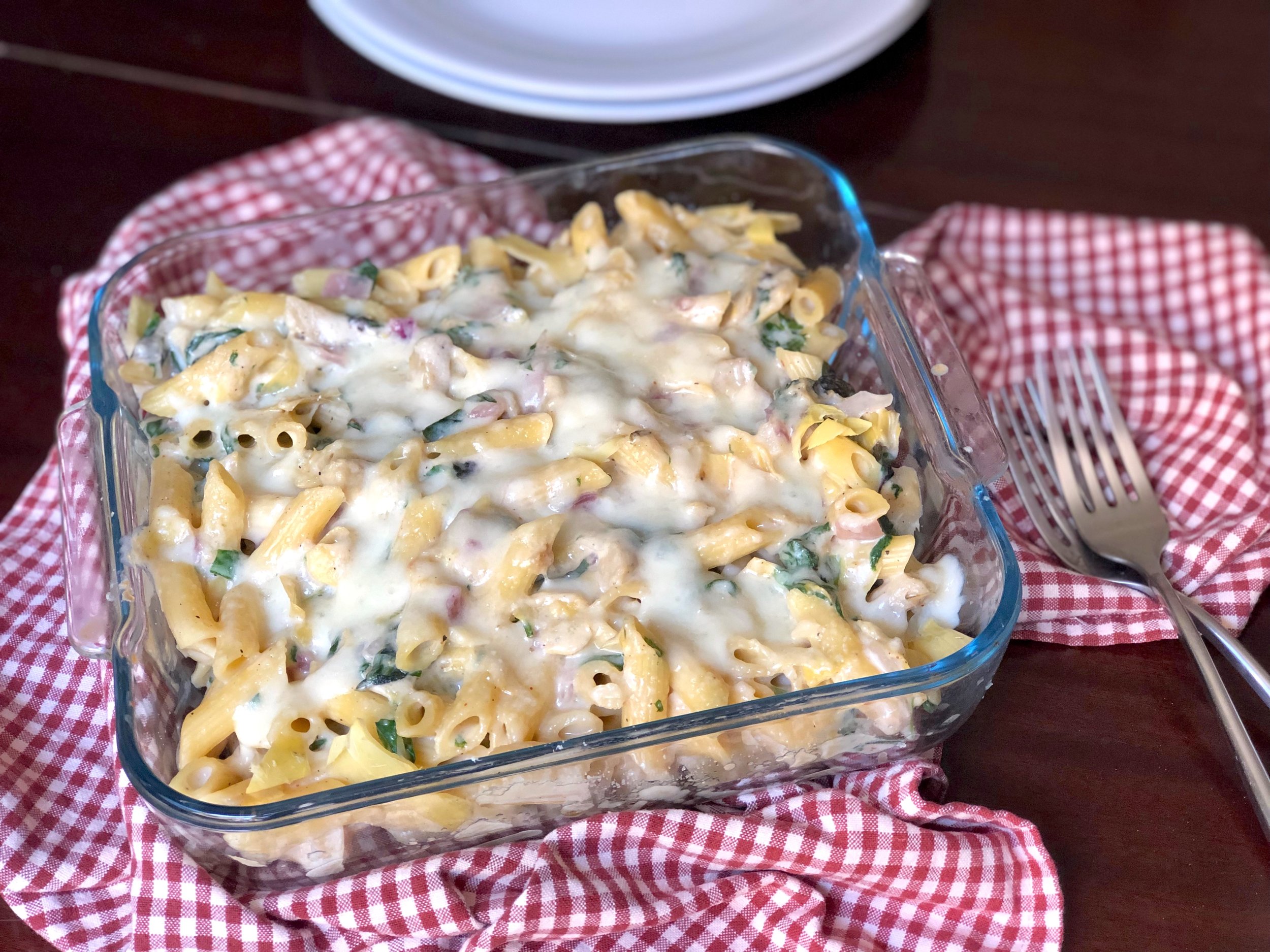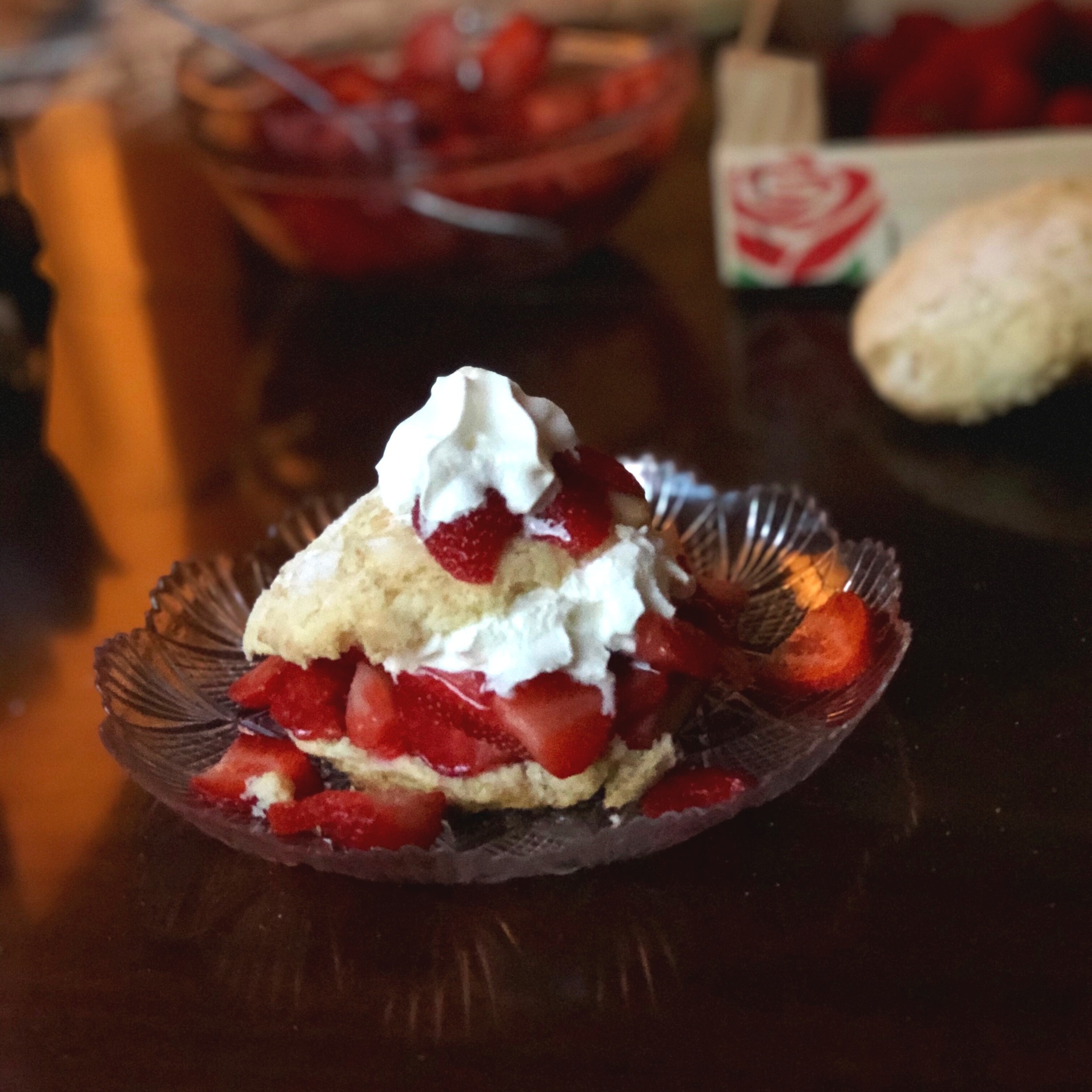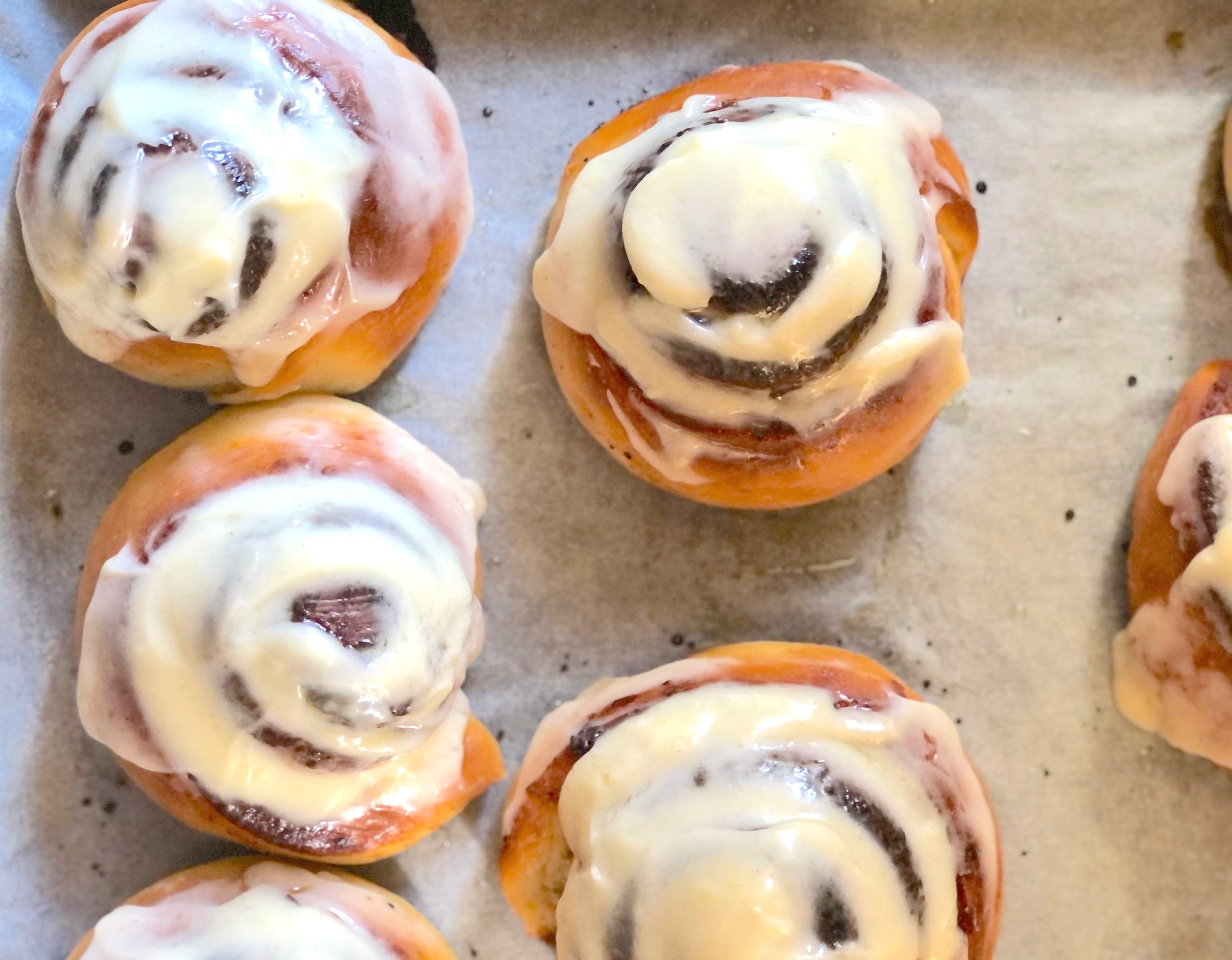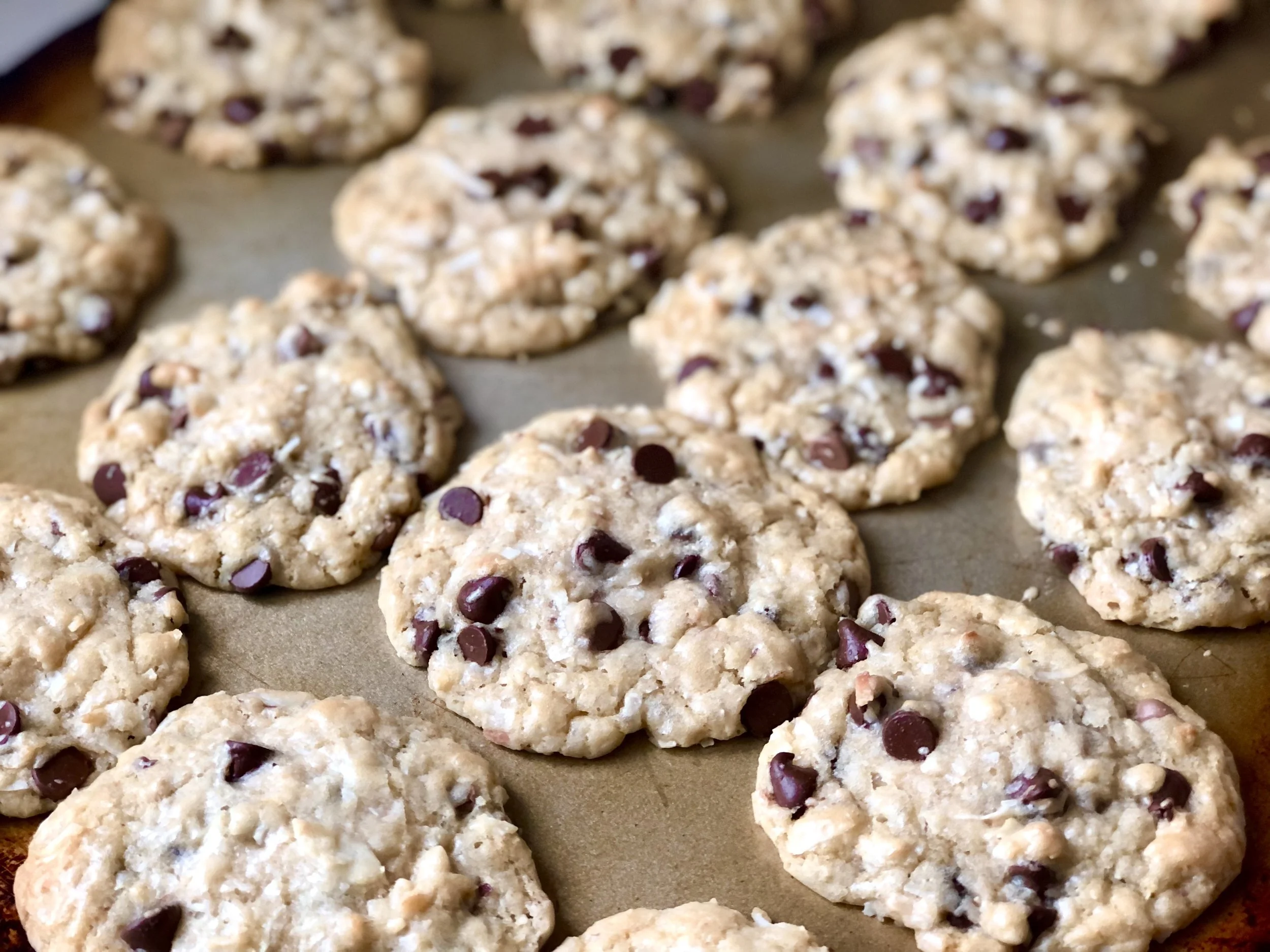Healthier Chocolate Peanut Butter Bars
/Last updated July 19, 2024
These Chocolate Peanut Butter Bars check a lot of boxes.
Delicious. These bars somehow bridge the gap between “coconut lovers” and “chocolate peanut butter lovers”, even for those who don’t normally love coconut, and those who don’t normally love peanut butter and chocolate together. I know, weird, but those people do exist and they’re some of my taste testers.
Healthier than most desserts. I would (and did) unabashedly eat these for breakfast. They’re full of nuts and coconut, and only use coconut oil, depending on which camp you fall in as far as viewing coconut oil as a good medium-chain fatty acid or simply another saturated fat.
No bake. Great for summer, if you don’t have an oven available to you, or simply don’t want to turn it on.
Easy. These can be ready in less than 30 minutes, quick and satisfying to whip up, with most of the work done in a food processor.
Satisfying. With the protein and fat content, these will keep you satisfied for longer. When you’re satisfied, you’re less likely to keep reaching for other unhealthy foods or overeating.
Gluten-free, vegan, dairy-free, egg-free, and almost refined sugar-free (there’s sugar in chocolate chips, which are in the chocolate topping.)
If those aren’t enough reasons to love these bars, I have one more. You don’t have to grease your baking dish! I know, that’s a little thing, but it’s a small kitchen task I don’t overly enjoy, and the fact that these bars slide ride out of an ungreased pan is a small yippee from me!
Another reason I like these, is because they don’t call for dates. Don’t get me wrong, I love dates, but it’s nice to have a healthy dessert recipe that doesn’t call for dates since so many do. I don’t always have dates on hand, and this way I can still whip up a healthier dessert/snack without waiting for my next grocery run. That makes this recipe’s ingredient list pretty close to being all pantry staples.
This post may contain affiliate links. If you make a purchase using these links, Jennyblogs may receive a small commission, at no extra cost to you. This helps to support Jennyblogs. Where possible, links are prioritized to small businesses, and American companies and products made in the USA for American readers. For further information see the privacy policy. Grazie!
Recipe inspired by Dani’s Healthy Eats
Healthier Chocolate Peanut Butter Bars
Serves about 16
Ingredients:
For the Chocolate Coconut Crust
1 1/2 cups / 120g shredded unsweetened coconut
6 Tbsp / 120g maple syrup
6 Tbsp / 97g peanut butter
6 Tbsp / 59g peanuts
6 Tbsp / 38g cocoa powder
5 Tbsp / 70g coconut oil
For the Peanut Butter Filling
1/2 cup / 130g peanut butter
1/4 cup / 81g maple syrup
1/4 cup / 56g coconut oil
For the Chocolate Topping
1 cup / 175g semi sweet or dark chocolate chips
1 Tbsp / 14g coconut oil
Directions:
Ungreased 8x8 inch / 20x20 centimeter square baking dish
Make the Chocolate Coconut Crust
Add all ingredients to a food processor; blend until smooth and mixture comes together in a soft dough-like ball.
Press into pan and freeze while preparing filling.
Make the Peanut Butter Filling
Add all filling ingredients to a medium bowl or food processor and mix until smooth. (It’s not necessary to clean food processor between mixing the crust and filling.)
Remove crust from freezer and evenly spread filling over crust. Place back in freezer while preparing topping.
Make the Chocolate Topping
In a small saucepan, combine chocolate and coconut oil. Melt over low heat, stirring frequently. Remove from heat when there are still a few tiny bits of chocolate; continue stirring until all is melted and smooth.
Remove bars from freezer and spread topping evenly over filling. Cover and place in freezer or refrigerator to set, at least 30 minutes. Store covered in refrigerator.
Jenny’s Notes:
Different nut butters and nuts can be swapped out for the peanut butter and peanuts. Almond butter and almonds can be used, or cashews and cashew butter, or mix them up as you wish!

Healthier Chocolate Peanut Butter Bars
Ingredients
Instructions
- Ungreased 8x8 inch / 20x20 centimeter square baking dish
- Add all ingredients to a food processor; blend until smooth and mixture comes together in a soft dough-like ball.
- Press into pan and freeze while preparing filling.
- Add all filling ingredients to a medium bowl or food processor and mix until smooth. (It’s not necessary to clean food processor between mixing the crust and filling.)
- Remove crust from freezer and evenly spread filling over crust. Place back in freezer while preparing topping.
- In a small saucepan, combine chocolate and coconut oil. Melt over low heat, stirring frequently. Remove from heat when there are still a few tiny bits of chocolate; continue stirring until all is melted and smooth.
- Remove bars from freezer and spread topping evenly over filling. Cover and place in freezer or refrigerator to set, at least 30 minutes. Store covered in refrigerator.
Notes
- Different nut butters and nuts can be swapped out for the peanut butter and peanuts. Almond butter and almonds can be used, or cashews and cashew butter, or mix them up as you wish!
Nutrition Facts
Calories
332.91Fat
26.92 gSat. Fat
17.14 gCarbs
21.81 gFiber
3.64 gNet carbs
18.19 gSugar
13.5 gProtein
6.06 gSodium
77.98 mgCholesterol
0.11 mgNutritional information is approximate. Based on 1 serving if cut into 16 pieces.



















































































































































































